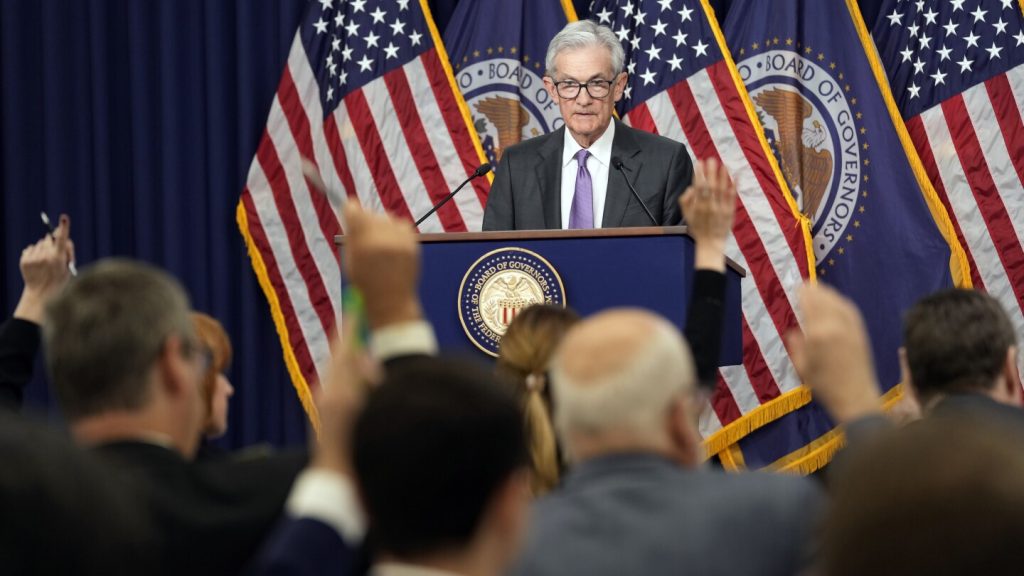The debate over whether the Federal Reserve will cut interest rates this year has intensified as the U.S. economy continues to show strength. Initially, many were anticipating rate cuts after the Fed halted its rate hikes. However, with recent positive economic indicators, such as a strong jobs report and expanding factory output, some analysts are questioning the need for rate cuts. The Federal Reserve had previously projected three rate cuts for 2024, but some policymakers now believe that the economy may not require such stimulus.
Despite the strong job growth and consumer spending, Fed officials are emphasizing the need for more information before making a decision on rate cuts. The main factor driving the Fed’s decision is whether inflation will continue to decline. While inflation has come down from its peak, it remains above the Fed’s target of 2%. Some concerns have been raised about core prices rising too quickly in recent months, which could impact the Fed’s decision-making process. The upcoming reports on inflation will be critical in shaping the Fed’s next steps.
One factor that could influence the Fed’s decision is the surge in the supply of workers over the past two years, largely due to increased immigration. This influx of workers has alleviated labor shortages and helped keep wage growth in check. Fed Chair Jerome Powell has expressed confidence in the economy’s ability to continue growing even as inflation cools down. However, the sustainability of this trend will be a key factor in determining whether the Fed proceeds with rate cuts.
While some analysts and Fed officials believe that borrowing costs are not hindering the economy as much as they have in the past, others argue that the current economic landscape may warrant a different approach. Factors such as a more productive economy, larger government deficits, and the reshoring of manufacturing could contribute to sustained growth and higher interest rates. Ultimately, the Fed’s decision on rate cuts will be closely watched in the coming months as the economy continues to evolve.


